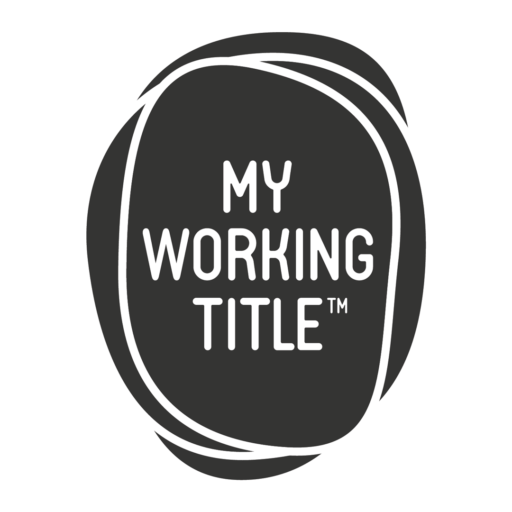Designing Your Career in Fluid Times: A Playful, Human-Led, AI-Powered Approach
Source: DALL-E Image Generator, Edited
In today’s fast-changing world, the traditional career path is becoming obsolete. Stability is a myth, industries are transforming overnight, and job descriptions are evolving at a dizzying pace. We live in fluid times, and the best way to navigate them is not by clinging to outdated models but by embracing career design as a dynamic, creative process.
Career Design: A New Mindset for Uncertain Times
Rather than viewing careers as linear progressions, we should approach them as design challenges—ever-evolving, adaptable, and responsive to change. Instead of rigid five-year plans, we need agile strategies that allow for continuous iteration. This is where design thinking, futures thinking, and play come into play.
Design Thinking helps us approach career shifts with curiosity, prototyping small steps before making big moves.
Futures Thinking encourages us to anticipate trends, identify potential disruptions, and position ourselves proactively.
Play allows us to explore possibilities without fear, making career shifts an experiment rather than a high-stakes gamble.
How AI Can Supercharge Your Career Design
AI is not just a tool for automation—it’s a partner in creative problem-solving. When used strategically, AI can provide insights, generate ideas, and help us map out future possibilities in our careers. Here’s how:
1. Navigating Uncertainty with AI
One of the biggest challenges of career design is dealing with uncertainty. AI can help by analysing trends, identifying skill gaps, and suggesting career paths based on emerging job markets.
Professionals can also leverage their own company's AI-powered platforms—such as Singtel’s or OCBC’s proprietary career development systems—to gain personalised insights and recommendations. Additionally, platforms like JobTech offer data-driven career guidance by identifying industry trends and skill demand, helping individuals make informed career decisions.
2. Using Prompts to Explore Career Paths
AI-powered tools are only as good as the questions you ask. The key is experimenting with prompts to generate diverse insights. Here are some examples:
“What are emerging careers in [your industry] over the next five years?”
“What skills will be in high demand in the age of AI?”
“How can I transition from [current job] to [desired job]?”
“What are some unconventional career paths for someone with my skill set?”
3. Prototyping Career Moves with AI
Instead of making drastic career changes, use AI to test ideas first. For example:
Process Improvements: Tap on AI to improve current workflow, productivity and creativity, and showcase the possibility of the transfer of learnings
Learning Pathways: AI can recommend personalised learning roadmaps based on your goals.
Fractional/ Freelancing Simulations: Leverage AI to research on industries, roles, business plans, draft project proposals and test demand before committing.
Portfolio Building: Test out new skills and build a portfolio to demonstrate agility and ability, showcase expertise with the help of AI tools
Embracing Career Fluidity
Fear of uncertainty keeps many people stuck in unfulfilling jobs. But by approaching career design with a mindset of play, experimentation, and strategic use of AI, we can turn uncertainty into an opportunity. The key is to remain adaptable, continuously upskill, and embrace AI as a creative ally in shaping our futures.
Ready to redesign your career? Start by experimenting with AI prompts, exploring emerging trends, and viewing your next step as a prototype rather than a permanent decision.
The future belongs to those who play, design, and iterate their way forward.
- Written by Jael Chng

